Farm & Food File
A syndicated column by Alan Guebert
Farm Policy
And the Numbers Prove It
Posted on December 13, 2022

Journalism, like baseball, aging, and bridesmaids, is often about the numbers. Sometimes big numbers are good, other times small numbers are better. Either way, numbers usually define our work, our families, and our lives in more ways than we care to count.
And they can surprise us, too.
Like in early November when the International Food Policy […]
USDA’s ‘Deeply Flawed’ $3 Billion ‘Climate Smart Commodities’ Program
Posted on November 11, 2022
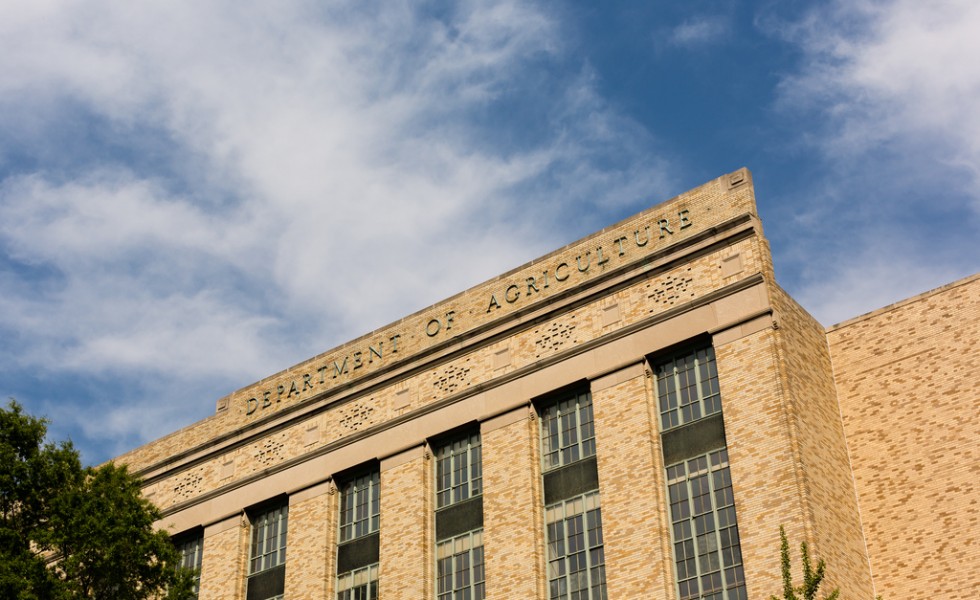
Even at first glance, the U.S. Department of Agriculture’s (USDA) recently announced $3-billion-dollar “Partnerships for Climate-Smart Commodities” sounds like doublespeak, an Orwellian invention that reverses the meaning of words.
Or, more plainly, how can today’s commodity-centered, industrialized agriculture be remotely “climate-smart” when everyone in the food business readily acknowledges it’s an oil-gulping, climate-changing juggernaut?
The short, truthful […]
Mother Nature Has A Population Plan Too
Posted on November 11, 2022
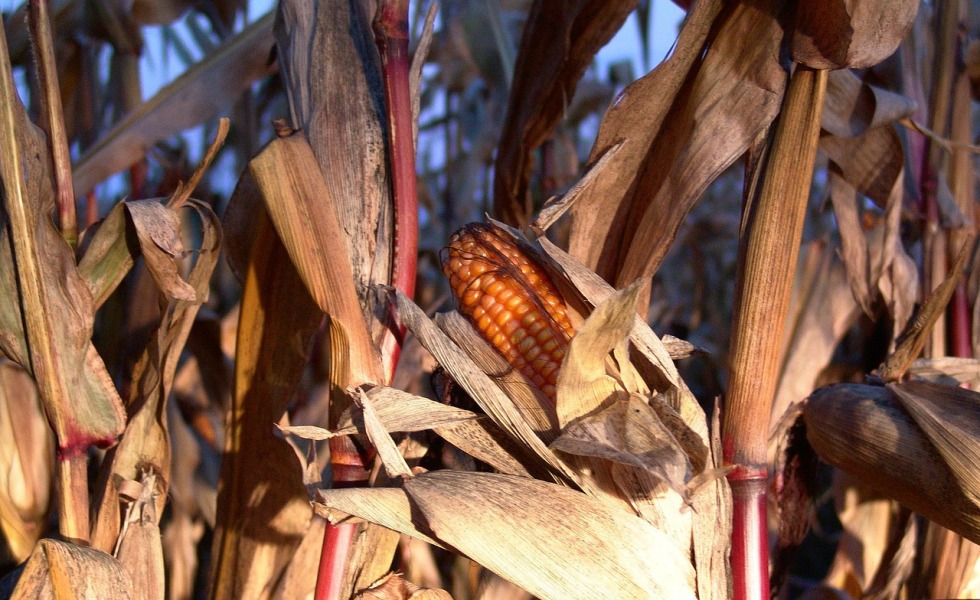
A scientist friend recently noted that at today’s rate of consumption, the world is environmentally and economically sustainable for roughly 1 billion people. “That means with the world’s population of 8 billion,” he half-joked, “you’re a goner.”
Right, just not right now; let nature take its course, eh?
Recent population trends, however, show that nature might already […]
Ag Policy Was About Cultural Stability, Not Endless Market Growth
Posted on November 11, 2022

If you think U.S. politics are too polarized, too anger-driven, and too polluted by big money, take a quick look at the train wreck that United Kingdom politics has become to see what’s in store for us if we don’t regain our collective goodwill soon.
On July 7, the straw-haired, scandal-ridden Prime Minister Boris Johnson resigned. […]
‘The Ceaseless Drive to Endless Increase…’
Posted on October 28, 2022
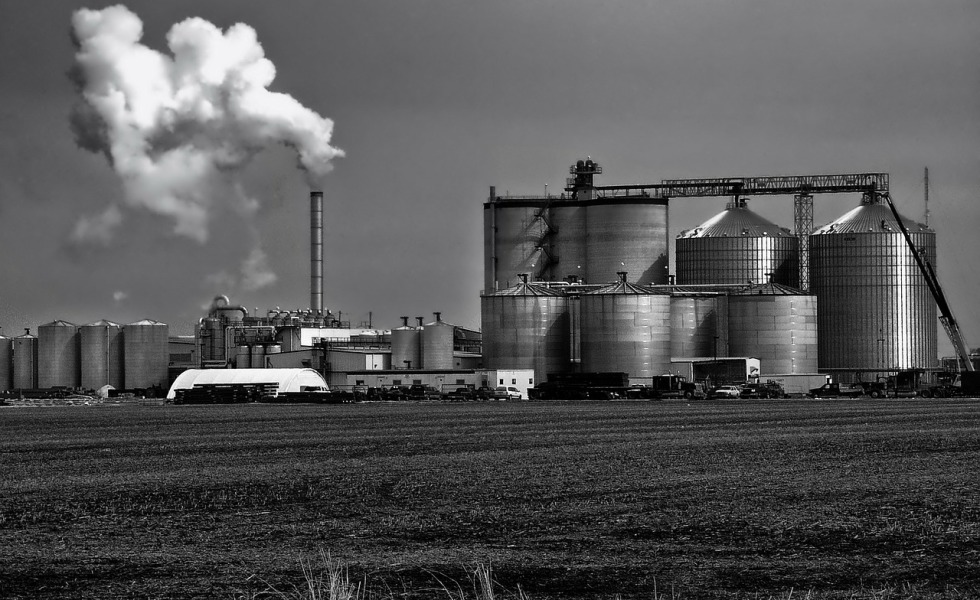
It usually goes without notice or comment, but three of the planet’s key elements–carbon, nitrogen, and oxygen–sit like ducks in row as Element Six, Seven, and Eight, respectively, on the Periodic Table.
None is more important than the others and yet, if there’s a first among equals, it would be nitrogen as a prescient report from […]
When Free Markets Hit the Frying Pan, Consumers Often Get Burned
Posted on October 28, 2022
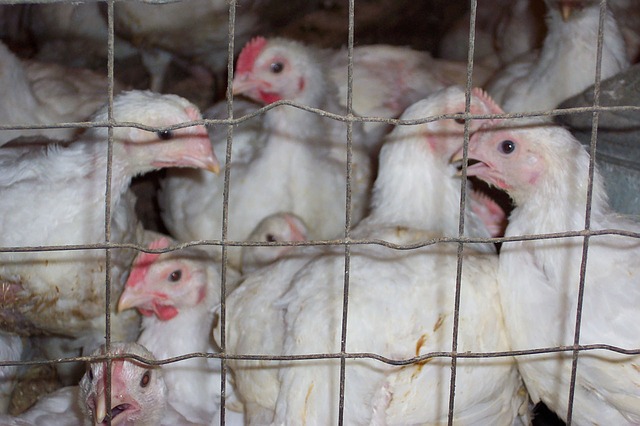
On Nov. 6, 2018, 12 million Californians voted, by a 63-to-37-percent majority, to establish minimum welfare standards for livestock and poultry products–chiefly eggs, pork, and veal–sold in the nation’s most populous state.
The initiative, called Proposition 12 (Prop 12), was an emphatic endorsement of two previous actions (one by voters in 2008; the other by […]
Given What We Don’t Know, Why Do We Act Like We Do Know?
Posted on October 28, 2022
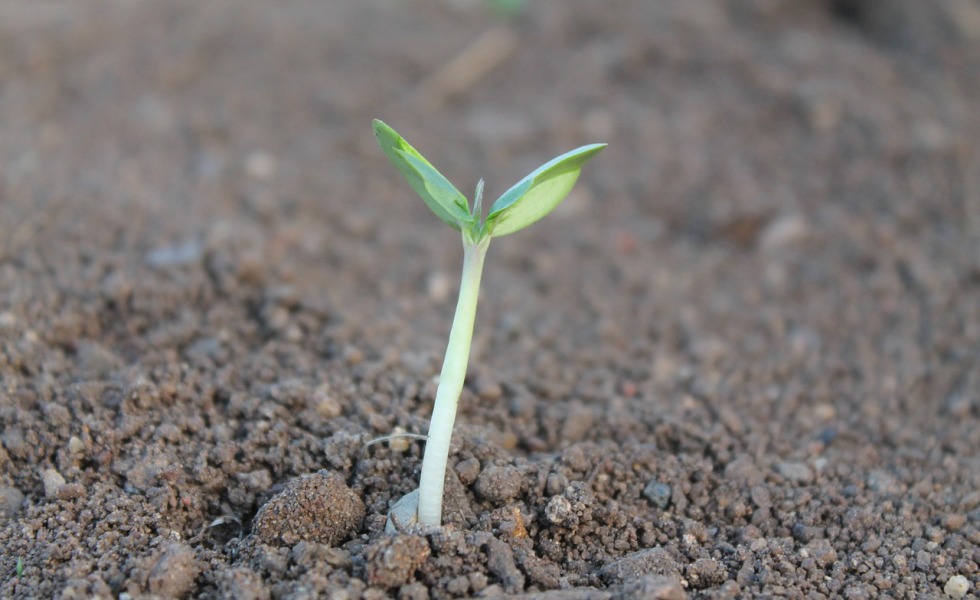
Most of American agriculture sees Africa as one vast nation and one vast market. It is, of course, neither.
Africa, in fact, has more nations (54), more languages (over 2,000), and more cultures (3,000-plus), than any other continent on Earth. It’s also the world’s second largest and second most populous continent with three times the people […]
Drought, War, Inflation, and Consumer Disconnect
Posted on October 28, 2022

By almost any measure, 2022 has been a tough year for most. Inflation, war, the growing consequences of climate change, and widening political divide are just a few of the compounding woes we continue to deal with as harvest and U.S. midterm elections loom.
In the middle of this chaos, however, U.S. farmers received remarkably good […]
A No-Ethanol Future Doesn’t Mean a No-Profit Future
Posted on September 28, 2022
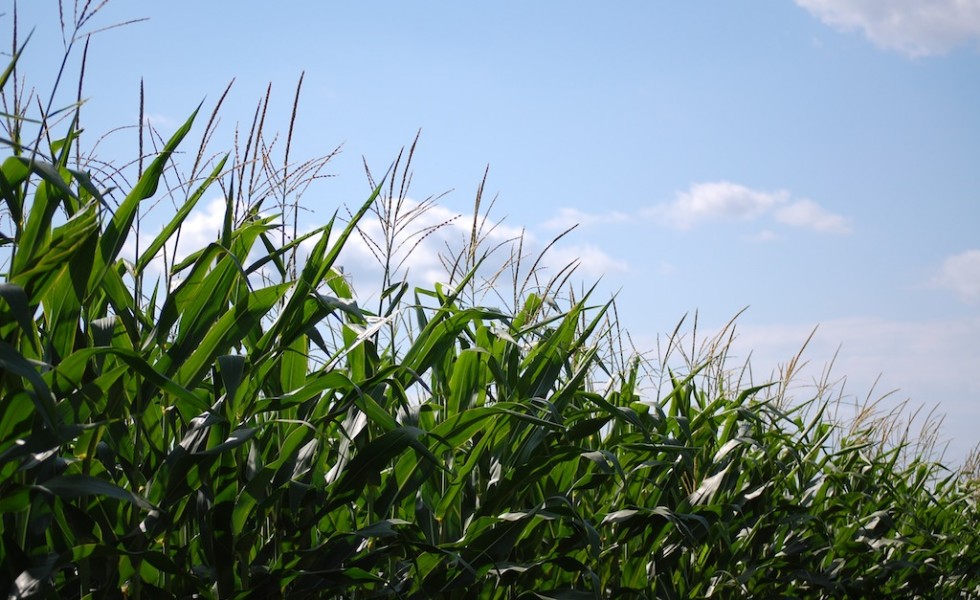
It’s rare to find one Midwestern academic publicly questioning the economic and environmental impacts of ethanol.
It’s even rarer to find four academics–one from a corn state land grant university, three from a leading university in the leading corn-producing state–raising objections to the biofuel and its byproducts that will use one out of every three bushels […]
All Hats, No Cattle, and Little Chance
Posted on September 9, 2022
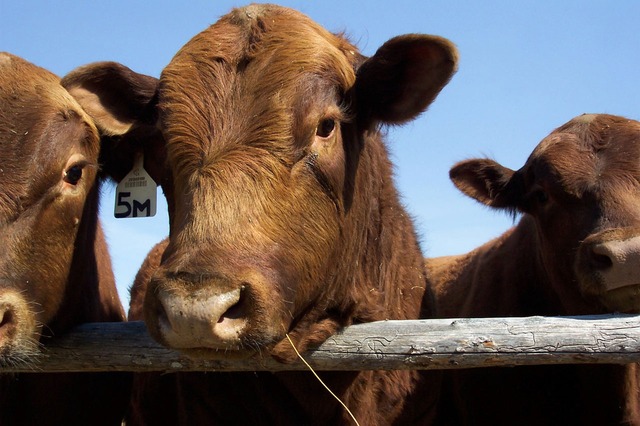
Two groups–one of South Dakota investors, the other tied to Texas cattle ranchers and feeders–are preparing to spend a collective $1.8 billion on two meatpacking plants that they say will be so innovative each will pay cattle suppliers more for their cattle and bison than any of today’s Big Four packers.
Most meatpacker pros, however, think […]